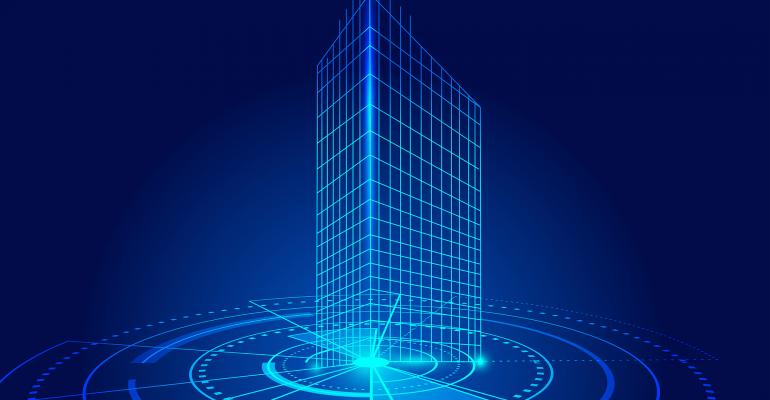In one sense, when the COVID-19 pandemic is over—and that day will come—and the world is back to work again, property managers will still be charged with the same traditional core responsibilities, namely to provide homes and workplaces that are safe for tenants, residents and staff.
But the way we approach that basic responsibility will be vastly different from how we did it before. To use a well-worn phrase, welcome to the new normal. If it isn’t already taking place in your organization, it’s time to reconsider traditional modes of operation in favor of alternative approaches. That’s easily said, but it’s also a massive undertaking, which will most likely involve new technologies.
“In the last real estate cycle, property managers, along with the rest of the commercial real estate industry, enjoyed continued success as they developed and grew,” says IREM Innovator in Residence James Scott. “When everything is working, there is little need to do things differently.”
Change, says Scott, who is also lead researcher for MIT’s Real Estate Innovation Lab, comes from a catalyst. The current pandemic is that catalyst.
Technology is the platform upon which change will occur. From access and security to health checks and sanitation, even managing rent deferrals, expanding applications of current systems and the installation of new technologies will kick the industry’s tech focus into overdrive.
“Several years ago, CTOs and IT professionals would make statements that they were cloud-first,” says Yardi Industry Principal Brian Sutherland. “But the paperwork backup proved that to be untrue, and paperwork left everyone exposed. The pandemic has shifted that perspective, and it’s no longer cloud-first but cloud-required, raising the importance of data privacy, control, and integration far beyond the limitations of paper documentation.”
As just one example, Sutherland points to the increase in systems for the management of accounts payable and receivable that have flooded his shop since the outbreak began. Rent deferrals and special accommodations aren’t a new topic for building managers, he says. But their seamless management on the current scale brought about by the COVID-driven economic downturn certainly is.
“Gaps were exposed about the use of paper in those processes,” says Sutherland. “Accounts receivable management is adapting to market conditions, which means managing rent deferrals, special circumstances, and accommodations seamlessly, and doing so on a scale we’ve never seen before.”
“This entails a huge dynamic shift in property managers’ processes,” says James Scott, but one that will allow a smoother and more efficient integration of data. “It will ensure there is as little paper as possible and allow data input and access via various platforms and devices.”
He sees the use of digital tools such as tablets becoming even more mainstream, “so property managers can implement and upload information to reporting systems in real time, and from that integrate information to gain more valuable insights at a portfolio level.”
In addition to enhancements to current software platforms, property management in the new normal is likely to involve concepts that for many of us were not possible just a few months ago. The theme here is the use of technologies that can maximize traditional building processes without compromising individual safety and sanitization.
“Access and traffic control in a building was a relatively simple issue before,” Scott says. “No longer. Orchestrating building access and flow has become very complex. For instance, how can building managers orchestrate elevator volumes?”
Not all of the answers to such questions are clear yet, Scott admits. But some are, such as the use of keyless entry systems, motion-activated doors, and hands-free fixtures in restrooms. Next-generation sensors are available to help identify areas that need more frequent cleaning. Scott also sees the possibility of robotic sanitizing systems as a possible alternative, especially in commercial settings where they’ll be a more practical solution than in multifamily environments.
Which brings us to the topic of cost. All of these applications come with a price tag, and they—or some of them at least—may very likely become the cost of doing business. “In the past, a lot of these features were ‘nice-to-haves,’ but going forward, a lot of these features will be a minimum requirement. The terms ‘wellness’ and ‘healthy buildings’ will become commonplace in the real estate industry this year as we try to help people get back to work. People need to feel safe. The buildings that can showcase they have the safest work environments will be the ones tenants demand.”
In addition to her role as 2020 president of the Institute of Real Estate Management, Cheryl Gray serves as the head of special projects and operational excellence at QuadReal Property Group in Toronto. She’s IREM’s first international president.





